Älvkarleby is a small town about 30-km south east of Gävle, which itself is about 160-km north of Stockholm. Gävle - which if not pronounced correctly in Swedish, will almost certainly sound like a common Swedish curse word - is one of the largest ports in Sweden and was also the birth place of the US union agitator Joe Hill (Hillström).
If you're travelling from the south (Stockholm/Uppsala) along the almost empty E4 motorway, and boredom is setting in after miles and miles of continuous pine and birch forest, a surprise awaits you. As you near Gävle, a bizarre sight appears on the horizon. The sign alongside the motorway reads "Welcome to China"!

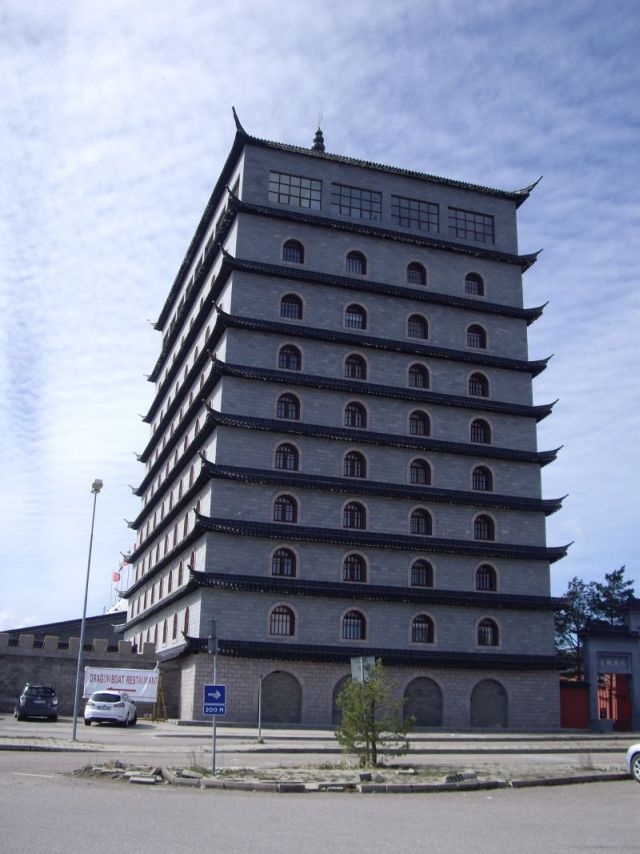
This is your queue to get off the motorway at Mahadeby and take the 291 road to Älvkarleö.
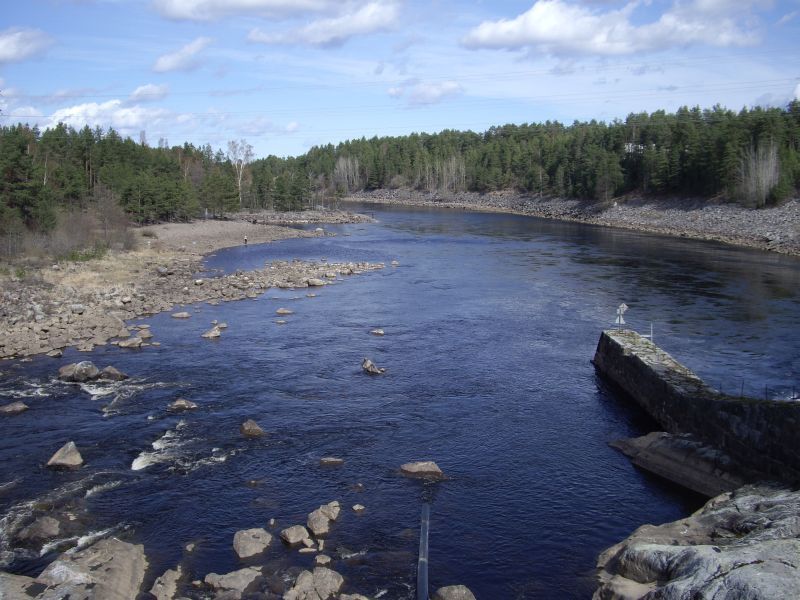
Älvkarleö sits on the banks of the Dalälven river and is very popular with anglers.
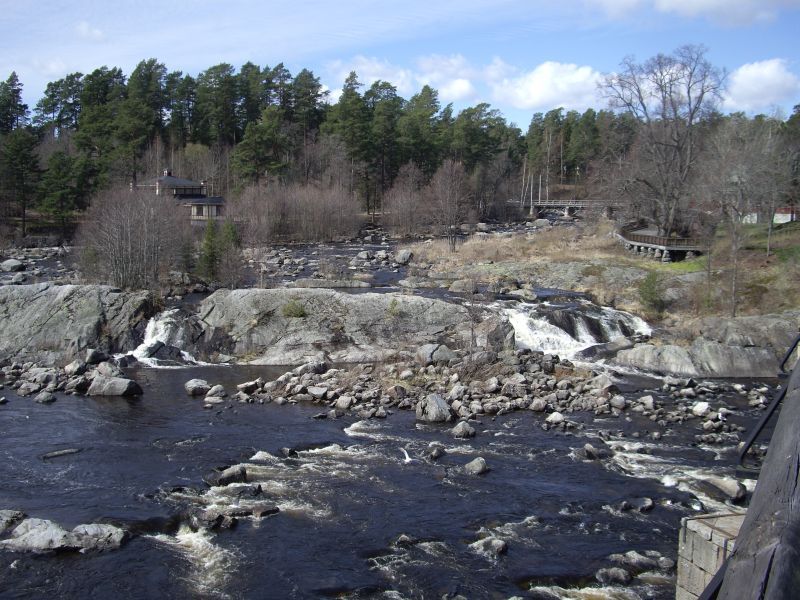
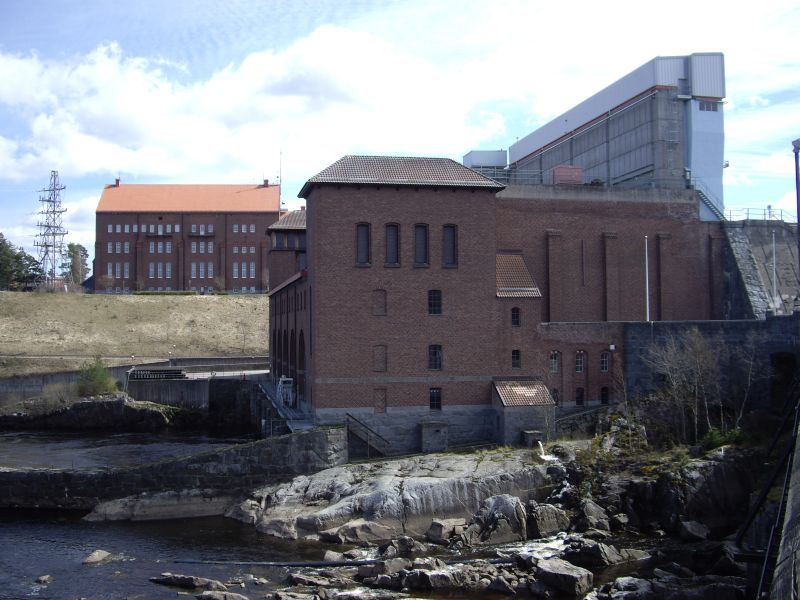
The hydro-electric power station was built in 1915.
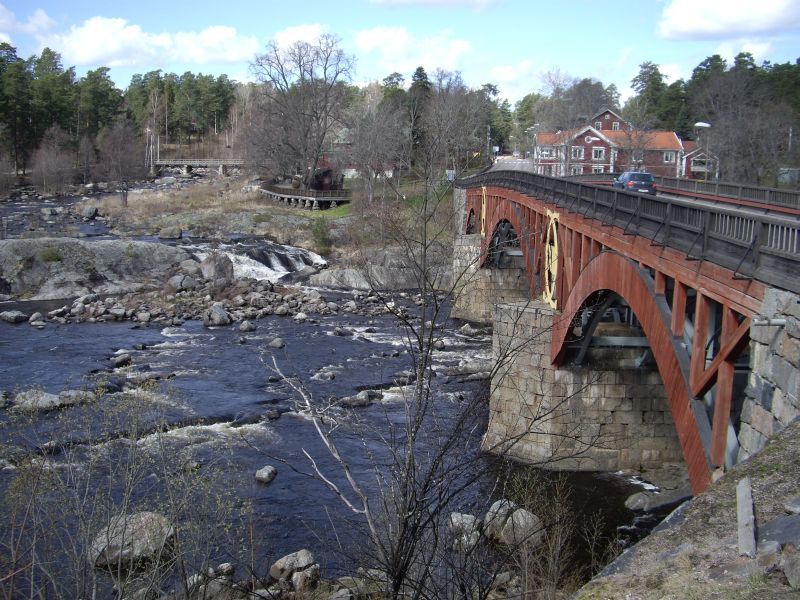
Cross the Dalälven river at the Carl XIII bridge and take the 76 road. After a few miles, the golf course will be seen on the right.
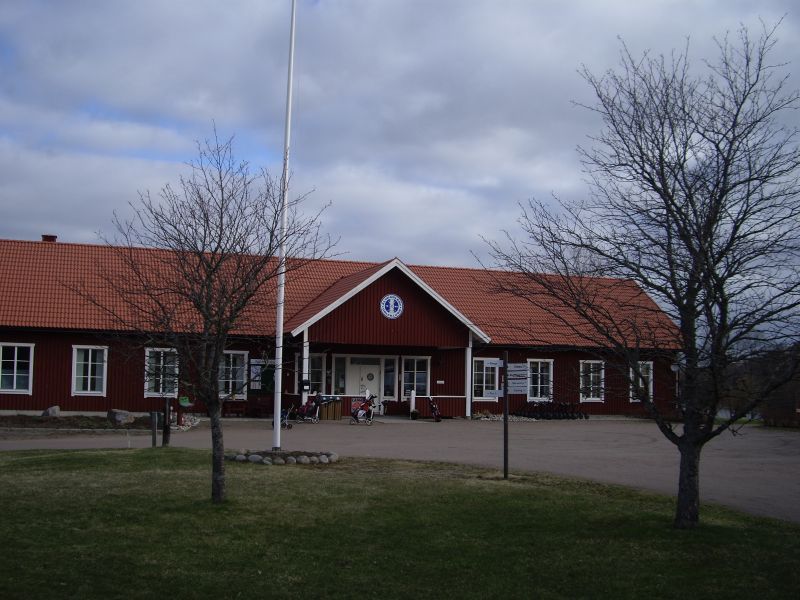
Älvkarleby's modest pro-shop and locker rooms.
I don't know that much about the history of the course, other than that it was designed by the Swedish architect Jan Cederholm and opened in 1983. Cederholm has designed, re-designed and renovated over fifty (i.e. over 10% of all Swedish courses) courses during a career than began in the mid-1970s and continued right through the Swedish golf boom years of the 1980s and 1990s and into this century. Jan Cederholm died in 2012.
The course is pretty unremarkable, but does have a few holes that are quite good. Although I made a roundtrip of 280-km to play the course, my efforts (or desperation) for a game of golf should not be interpreted as thumbs up for this course. I enjoyed my round, but after having played the course, I wouldn't be beating down a path to see it again. I'd certainly play the course again, but from an architectural point of view, there isn't that much of interest. My purpose in posting these photos is to give you some indication of what Swedish courses are like. As you can see from the pictures, winter lasts well into April in mid-Sweden.
Just a note about the small flags that are visible in front of the regular greens; these are used for temporary greens when frost prevents play on the regular greens.
Hole 1: 380 Mtr, Par 4, Index 2The first hole is quite a plain, but gentle opener. A small drain runs across the fairway not so far off the tee. The fairway rises a little in the vicinity of the landing zone for the drive. There is a small pond down the right side of the fairway that shouldn't really come into play. It looks a little out of place.
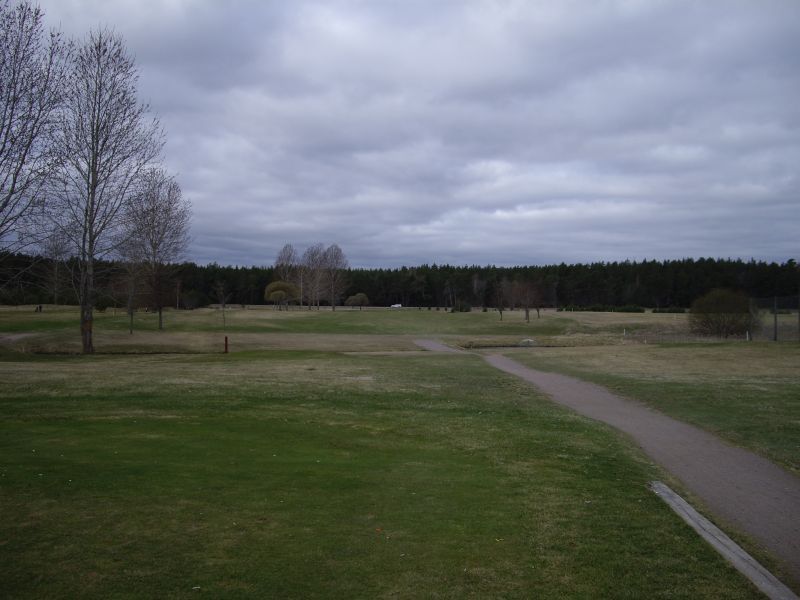
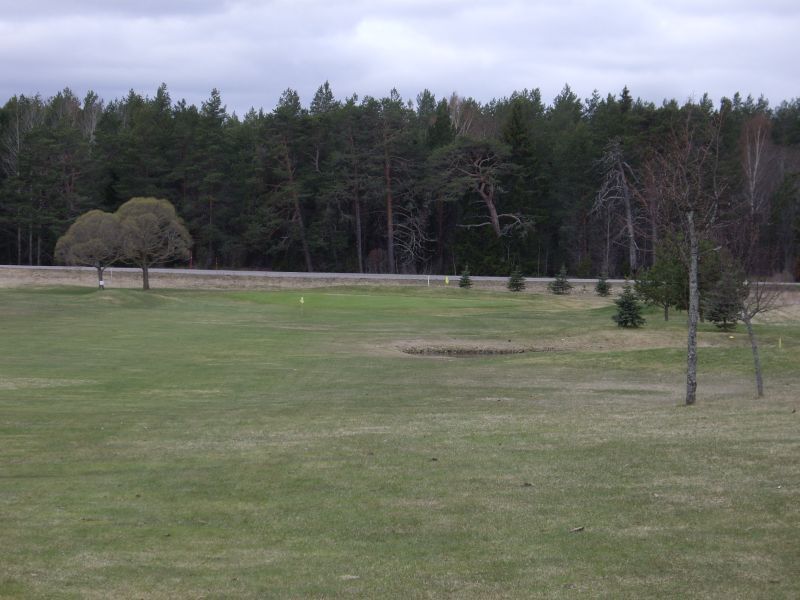
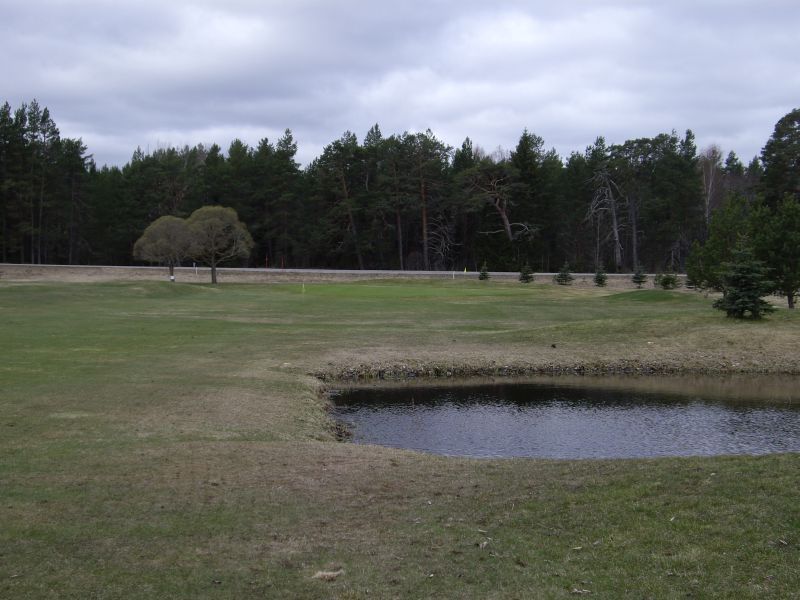
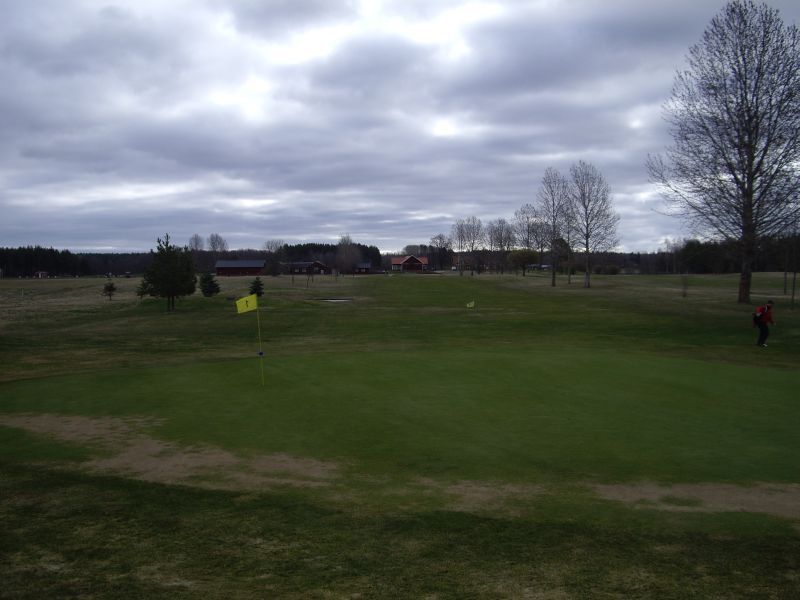
Looking back down the first fairway.
Hole 2: 425 Mtr, Par 5, Index 16The second hole is a bit more interesting than the first.
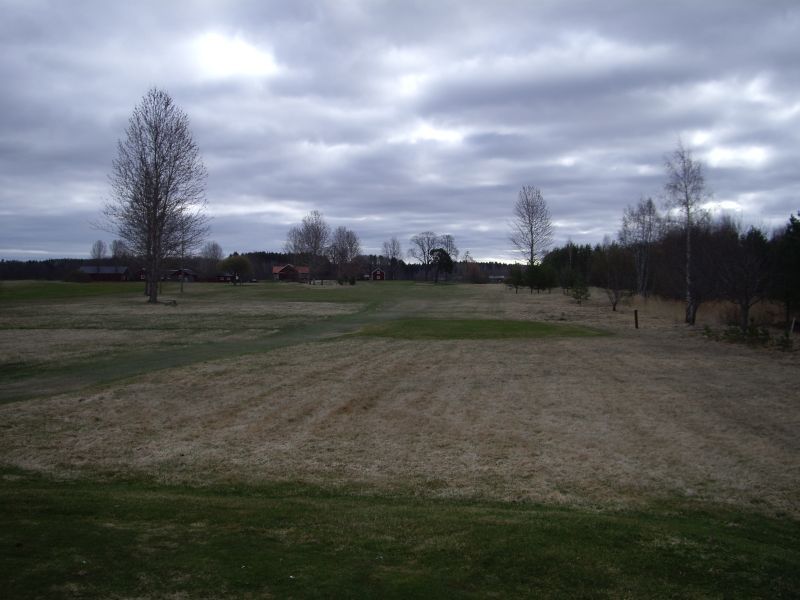
The green lies just in front of the gable end in the distance. A shallow bunker down the left side needs to be avoided with the drive.
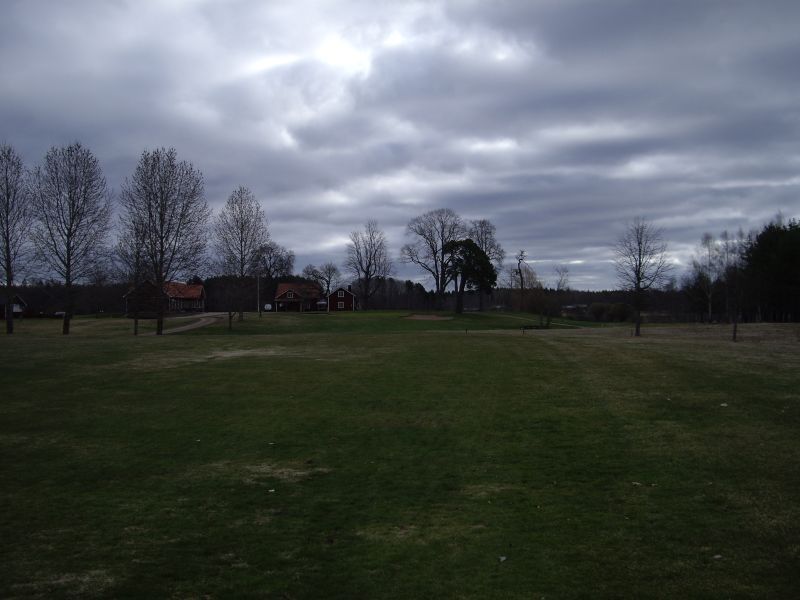
The second shot needs to avoid a drain that runs across the fairway just short of the green.

The green is elevated, so the second shot needs to carry all the way to the front.
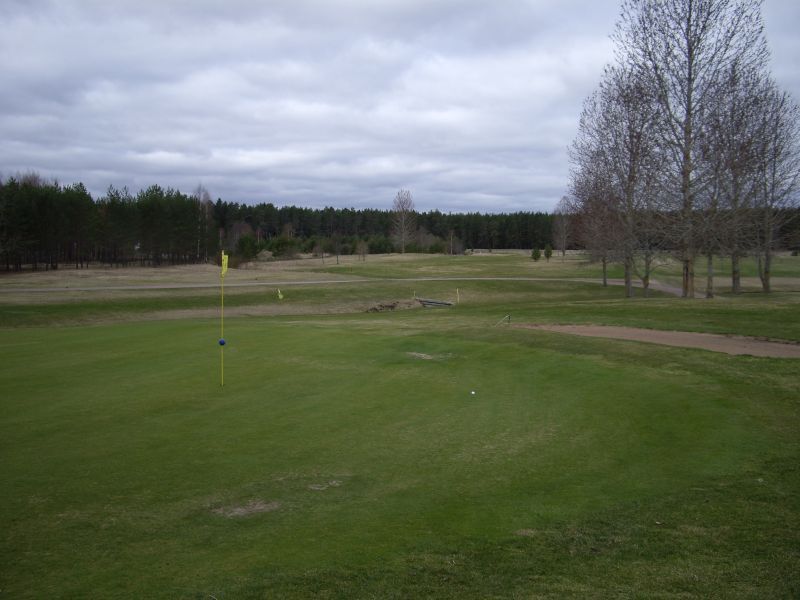
Looking back down the second fairway.